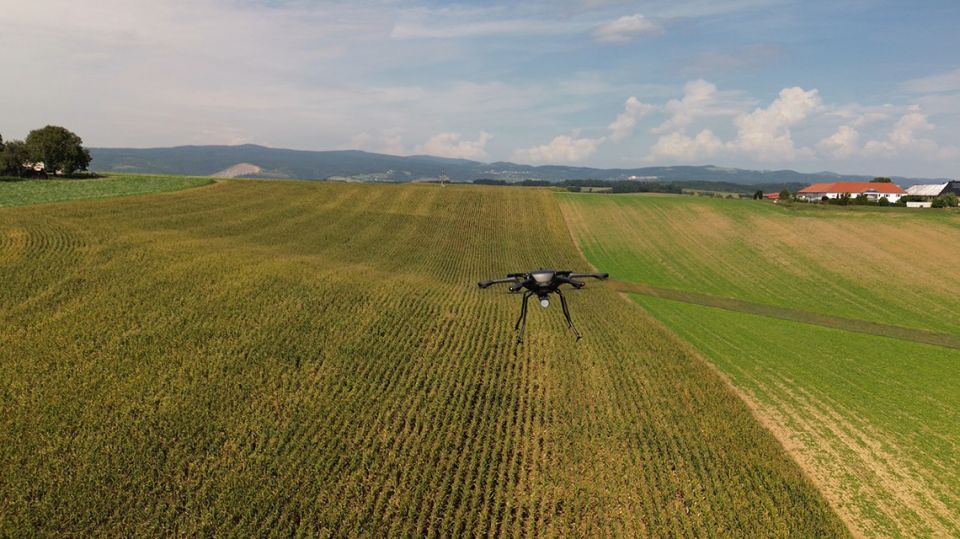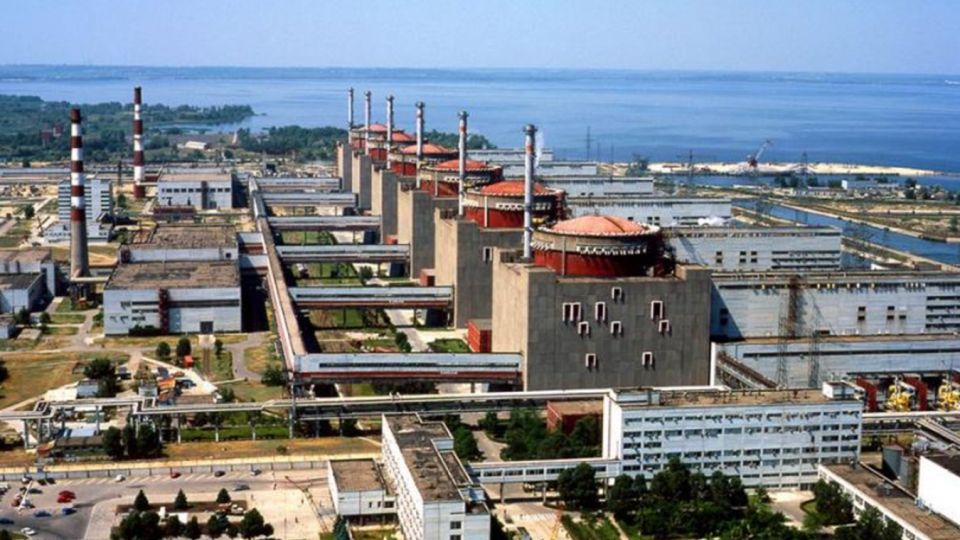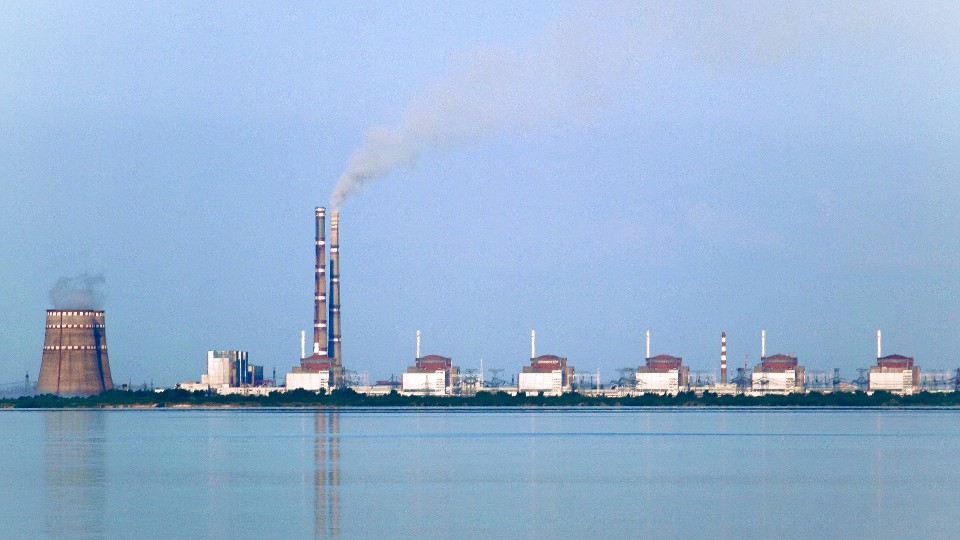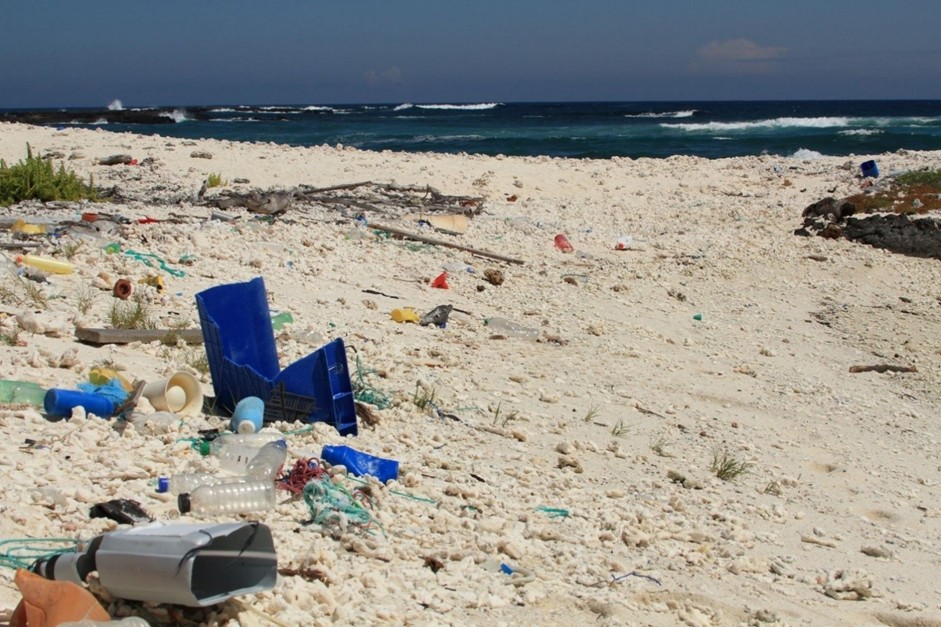Mines spotted at Zaporizhzhia site periphery
During a walkdown at Ukraine’s Zaporizhzhia nuclear power plant on July 23, a team of International Atomic Energy Agency experts reported seeing “some” directional antipersonnel mines in a buffer zone between the Russian-occupied site’s internal and external perimeter barriers, the agency announced yesterday.










